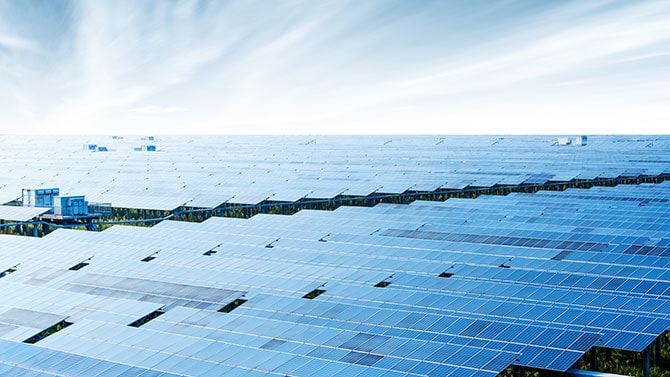{{item.title}}
{{item.text}}

{{item.text}}
The power and utilities sector, which fuels almost every other industry, is not accustomed to an accelerated pace of change. But decarbonisation, decentralisation, and digitisation are bringing new challenges — and speeding up evolution. Amid rising market uncertainty and increasing attention to climate change, the world’s largest utilities are shifting investments from large-scale power supply into the network. New value pools are forming in areas as diverse as energy management, electric car charging, and home automation. And instead of simply charging a fixed price to deliver electricity, utilities are rolling out pricing models and services more closely associated with consumer goods and industrial companies.
At Strategy&, we understand how nontraditional competitors approach the market. We work with traditional utilities, merchants, and marketers, as well as to investment firms, vendors and suppliers, and governments to prepare for change with near-term readiness and long-term growth. This is strategy, made real.
{{item.text}}

{{item.text}}
A technology venture capital fund wanted to develop a global cleantech investment strategy. Working closely with the COO, Strategy& segmented the global cleantech market into eight core markets and developed a framework for our client to use when both categorising existing investments and exploring new opportunities. We then worked with the client to identify a number of investment focus areas for the fund. As a result, our client used the framework and our analysis to invest hundreds of millions of dollars in areas identified through the work — and the level of related investments is expected to pass $1bn.
A large German-based utility company needed an internal function to pinpoint and address disruptive technology in the industry. Strategy& conducted a detailed assessment of disruptive potential for current and upcoming technologies and determined the impact on our client’s value chain and business model. Strategy& also developed a standardised format to review newer technologies in the future, so that the business could continue to compare and analyse technological trends. This helped the client to reduce its risk of missing major innovation trends.
A utilities company in the UK wanted to increase the value of its technical maintenance and engineering partnerships. Strategy& was engaged to help screen and analyse the landscape of successful partnerships, across multiple industries and sectors, to develop a comprehensive model with realistic and practical recommendations. Based on our analysis of 50 alliances across nine industries, we designed the five stages of an “Alliance Lifecycle” model. We used our data analysis to identify the crucial elements that the most successful companies had across each of these five stages. Then we helped our client identify what stage their present partnerships were at in the model, allowing them to apply the appropriate recommendations for each stage to their various partnerships. We then worked with the client to define what actions they needed to take to ensure the right areas of their business were taking action on the right activities.



